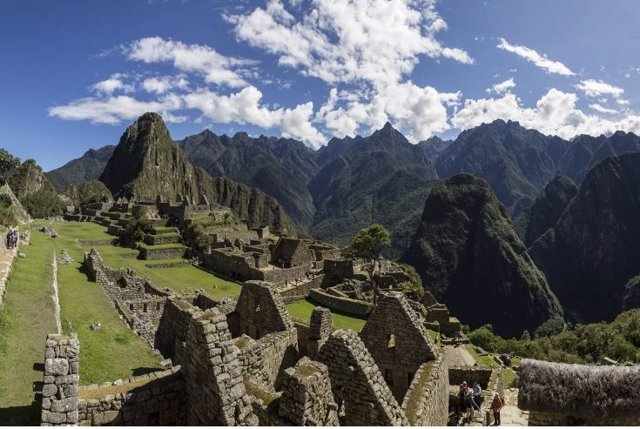June 16 () –
Researchers at the University of California, Davis have found a pattern of increased violence during climate change in the south central Andes. between 470 and 1500 AD
During that time, which includes the Medieval Climate Anomaly (ca. AD 900-1250), temperatures rose, drought occurred and the first states of the Andes Mountains collapsed.
Climate change and potential competition for limited resources in the southern central Andes likely led to violence among people living in the highlands at the time, researchers suggest in a new paper published in Quaternary Research. His study looked at the head injuries of the populations living there at the time, a commonly used indicator among archaeologists for interpersonal violence.
“We found that decreased precipitation predicts higher rates of head injury,” he said. it’s a statement Thomas J. Snyder, a doctoral candidate in the evolutionary wing of the Department of Anthropology and lead author of the study. “This observation suggests that climate change in the form of decreased precipitation had a significant effect on rates of interpersonal violence in the region.”
The same results were not found in coastal and mid-elevation regions, indicating that people in these areas chose nonviolent solutions to climate change or were unaffected by it, the researchers said. There was also more agricultural and economic diversity there, potentially buffering the onset of climate change. However, Drought-induced resource scarcity in the highlands appears to be a likely explanation for the violence therethe researchers said.
Snyder said that looking at the history of people’s interaction with nature is important when considering the potential effects of current climate change challenges and people’s interaction with their climate.
“Our findings reinforce the idea that people living in already marginal environments are more likely to be more affected by climate change“, he said. “Archaeological research can help us predict how best to manage the challenges faced by people in precarious positions in a rapidly changing climate.”
UC Davis researchers charted violence during the early years in the Andes by analyzing existing data from nearly 3,000 human skeletal fractures found at 58 archaeological sites, comparing them to the ice buildup at the time on the Quelccaya glacier, in what is now Peru, Chile and Bolivia. At the same time, there was a widespread abandonment of Wari and Tiwanaku sites in the region, indicating a sociopolitical unraveling after the onset of centuries-long global climate changes.
The archeology of the Andes provides an excellent opportunity to study the human response to climate change, given the region’s extreme climate variability, incredible archaeological preservation, and robust records, the researchers said. In this study, the researchers found that, on average, for every 10-centimeter decrease in annual ice accumulation on Quelccaya Glacier, the likelihood of interpersonal violence more than doubled.












